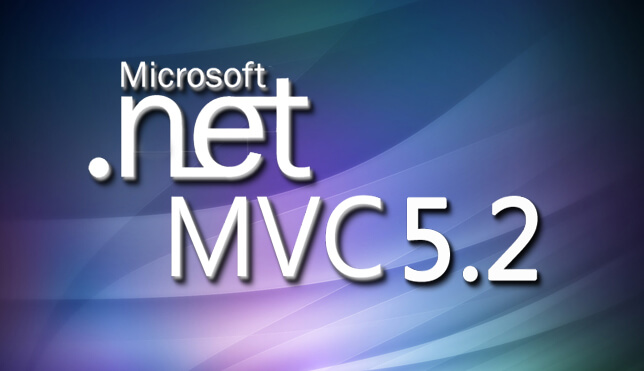ASP.NET is a distinguished development framework from Microsoft, known for its potential to build web site and web pages with HTML, JavaScript, server scripting and CSS. This framework is dependent on 3 programming models, including web forms, web pages and MVC (Model View Controller), out of which the MVC model is the most popular one.
About MVC
The MVC framework or a development model uses the Model-View-Controller design to build web applications. The application core is signified by the Model, the view carries out the function of displaying data and the input to the database is controlled by the controller.
The best part of this architecture is the easiness of managing and implementation of complex applications by laying individual attention on these three aspects, with little reliance on each other. Given the kind of innovation that developers are doing, such attention on the three aspects can certainly hold them in good stead. This allows the work to be distributed among different developer groups and offers a secure, integrated and lightweight framework along with the features of the conventional ones as well.
Features of MVC Framework
This framework has gained its popularity due to several features, out of which, a few are listed as below:
- The developers are able to control the entire process of development easily by the division of application tasks into diverse logic layers.
- Customizable framework allows users to plug in independent view engines.
- It highlights several features of the original framework like authentication of URLs and forms, roles, memberships and others.
- Routing features of ASP.NET are available that allow to create searchable URLs for websites.
The New ASP.NET MVC 5.2
The latest version of the ASP.NET MVC 5.2 has been released with a number of additional features and enhancements, where improvements in attribute routing are an important one.
Enhancement of Attribute Routing: IDirectRouteProvider, an extensibility point is provided with the update, which offers a complete control over the discovery and configuration of attribute routes. It provides a list of controllers and actions as well as specifies the exact routing configuration desired for the actions with the associated route information. An extension of DefaultDirectRouteProvider, the default implementation, makes it easy to customize the IDirectRouteProvider. Separate virtual methods are provided by this class that can be overridden to modify the logic for creating route entries, discovering area prefix, route prefix and attributes.
The new attribute routing feature allows a user to perform the following functions:
- Provide a support for the attribute routes’ inheritance.
- Automatically generate names of routes for attribute routes.
- Alter the prefixes of routes in a single central place, before getting those added to the table of routes.
- Controller filtration, which are required to be looked for through attribute routing.
Along with the above mentioned updates, this new release also covers fixes for several bugs and minor updates to various features of the previous version. Hence, it is one update that is worth looking forward to.
Testimonials: Hear It Straight From Our Customers
Our development processes delivers dynamic solutions to tackle business challenges, optimize costs, and drive digital transformation. Expert-backed solutions enhance client retention and online presence, with proven success stories highlighting real-world problem-solving through innovative applications. Our esteemed clients just experienced it.
